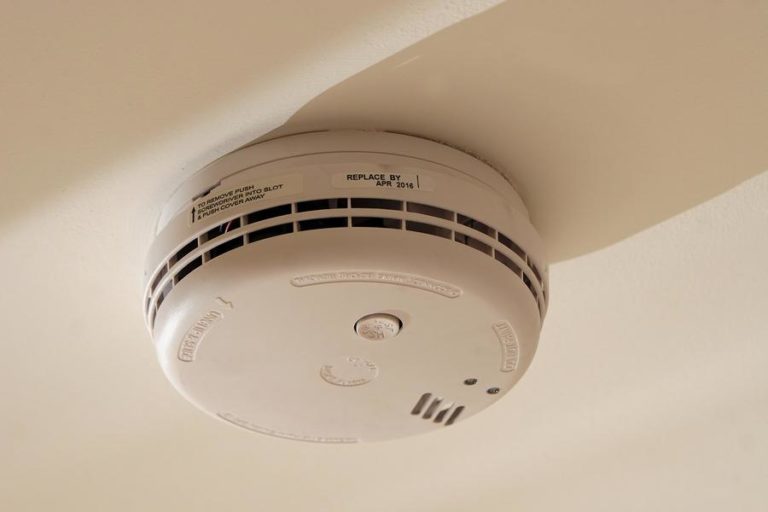Fire & Heat Alarms

Smoke and Heat Alarm Installation
Within the domestic environment, smoke alarm installations are one of the most important.
We have intensive knowledge of all types of smoke alarms and heat alarms and can offer advice as to which heat or smoke alarm is best for your property. Synergy Electrical can install various brands, however as a part of our product criteria of high quality, proven products, ‘Aico’ is our preferred supplier for heat and smoke alarms.
The most commonly used smoke or heat alarms in domestic properties are mains powered alarms with battery back-up. They require a constant 230v supply, which can be from its own designated circuit or from a nearby lighting circuit. This type of setup is known as Grade D and E, with Grade F being used for battery powered alarms. Mains powered smoke/heat alarms should be installed by a qualified electrician, with a NICEIC certificate being issued. This ensures that your smoke alarm installation is safe and effective.
If you are a landlord, a tenant or would generally like more information on fire safety including smoke alarms, Synergy Electrical highly recommends the ‘Electrical Safety First‘ website. It’s a fantastic website packed with loads of useful information.
Choosing Your Smoke Alarm
Which alarm sensor goes where?
There are many types of fire alarms, some with sensors reacting to heat and others react to smoke. We have listed a guide below on the different types of alarm sensors available and which alarm is best suited to each application, helping you to avoid nuisance false alarms and to give you the best possible protection.
Multi-Sensor
Multi-sensor alarms contain optical and heat sensors to detect both smoke and heat. They typically have the best response to all fire types from fast flaming to slow smouldering. Multi Sensor Alarms also intelligently monitors both sensors, the risk of nuisance alarms is virtually eliminated.
Multi-Sensor smoke alarm installations are most suitable for: Hallway, Landing, Living Room, Dining Room, Bedrooms.
Optical Sensors
Optical Smoke Alarms use an infra-red beam to detect smoke. They detect smoke from slow, smouldering fires such as electrical fires.
Optical smoke alarm installations are most suitable for: Hallway, Landing, Living Room, Dining Room.
Heat Sensors
Ideal for kitchens as they won’t cause nuisance alarms from cooking fumes, heat alarms sensors only detect changes in temperature using a thermistor. Heat Alarms have a trigger level is set to 58°C degrees. Heat Alarms are not recommended to be used in any other areas of a domestic property as they will not provide the speed of response required, as above Smoke alarms should be used.
Fit Heat Alarms in: Kitchen, Garage.
Ionisation Sensors
Smoke alarms containing ionisation sensors use a small radioactive source to detect the invisible smoke particles given off by fast-flaming, clean burning fires such as bedding and clothing. Ionisation alarms shouldn’t be used in or near kitchens as they can be prone to false alarms from cooking fumes.
Fit Ionisation Sensors in: Bedrooms.
Linked or interconnecting alarms
Regardless of the sensor type, alarms should be interconnected throughout a property to ensure all alarms sound in the event of an activation, providing audibility for the occupants. By using RadioLINK, alarms can be interconnected wirelessly using Radio Frequency signals to reduce the time and disruption from running cabling between the alarms.
To meet today’s standards and requirements, many domestic smoke alarm installations requires that the alarms, including heat alarms are interlinked, meaning if one alarm is activated then all the alarms installed on the same circuit are also sounded. It is also possible to retro install an interlinking set up using radio frequency radio bases.
RadioLINK+ wireless interconnection technology uses radio frequency (RF) signals to wirelessly link alarms together with added functionality. Interconnecting alarms is vital so that occupants can hear the alarm throughout the property and is required in the British Standard BS 5839-6:2013.
There are many reasons for using wireless interconnection:
- Eliminates tricky wiring runs
- Saves time at installation
- Reduces mess and disruption during installation
- Saves money
- Makes it easier to add in new alarms and accessories